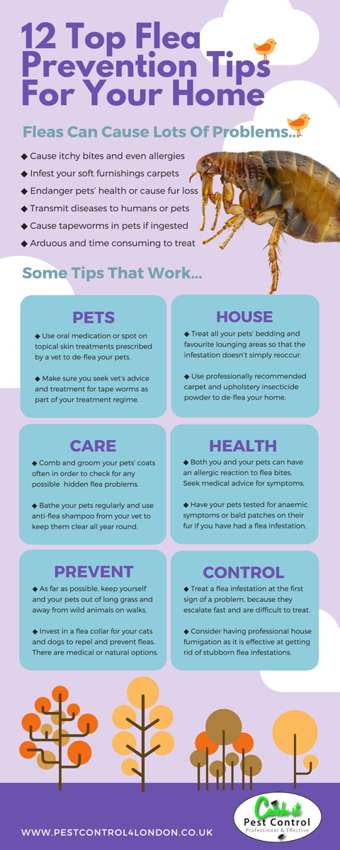Understanding Rodent Habits: Expert Insights For Effective Bug Control
Understanding Rodent Habits: Expert Insights For Effective Bug Control
Blog Article
Post Composed By-Gravgaard Stentoft
Envision having the ability to anticipate the actions of your challengers in a game of chess, constantly remaining one action in advance.
On the planet of insect control, comprehending rodent behavior resembles having that strategic advantage. By obtaining expert insights right into the nesting behaviors, feeding patterns, and communication and social habits of rats, you can successfully battle these pesky creatures.
Yet how precisely do rats behave, and why is it crucial to know? In this conversation, we will certainly untangle the enigmas of rodent actions, giving you with useful knowledge that will certainly assist you stay ahead in the fight versus bugs.
Are you prepared to discover the tricks of these shrewd animals?
Nesting Behaviors
To recognize rodent behavior and properly control pests, it is very important to gain insight right into their nesting routines.
hop over to this web-site , such as mice and rats, have a natural impulse to find sanctuary and develop nests where they feel safe and safe. These nests act as their homes, breeding premises, and storage areas for food. Understanding their nesting behaviors can help you identify potential areas of invasion and carry out targeted control procedures.
Rodents commonly prefer nesting in dark, remote rooms, such as attics, basements, crawl spaces, and wall voids. They make use of materials like shredded paper, textile, insulation, and also chewed-up electric wires to construct their nests.
Feeding Patterns
Rodents display distinct feeding patterns that play a crucial role in their actions and can educate efficient parasite control strategies. Comprehending these patterns is crucial for carrying out effective insect control measures.
Rodents are opportunistic feeders, implying they'll eat whatever food is conveniently offered. They like high-calorie foods such as grains, nuts, and seeds. This is why proper storage space of food and waste administration are critical in protecting against rodent infestations.
In addition, rodents are nighttime, which means they're most active during the night when they look for food. By recognizing natural ant control feeding patterns, you can purposefully place catches and lures to maximize their performance.
Maintaining food sources unattainable and maintaining a tidy atmosphere can aid hinder rodents and decrease the danger of invasion.
Interaction and Social Actions
Comprehending exactly how rats interact and communicate socially is vital for effective pest control strategies. Rodents, like mice and rats, have complex interaction systems that they make use of to share details to each various other and collaborate their activities. Below are three crucial facets of rodent communication and social actions:
1. Vocalizations: Rats produce a wide range of singing sounds, including squeaks, chirps, and chattering, to connect with each other. These articulations can share numerous messages, such as threat warnings or mating telephone calls.
2. Scent noting: Rats use scent glands to leave chemical signals on objects and in their atmosphere. These scent marks act as territorial boundaries and interact information concerning reproductive status, supremacy, and social association.
3. Social hierarchy: Rodents have a hierarchical social structure, with dominant individuals having access to resources and preferred nesting sites. Recognizing this hierarchy is necessary for targeting parasite control initiatives and identifying essential individuals for removal.
Final thought
So, there you have it - a short glimpse into the fascinating world of rodent actions. By understanding their nesting routines, feeding patterns, and communication, we can better deal with the problem of parasite control.
Did you know that a women computer mouse can create up to 10 clutters each year, with each clutter consisting of around 5-6 puppies? This impressive fact highlights the relevance of punctual and effective insect monitoring to stop rodent populaces from spiraling out of control.
